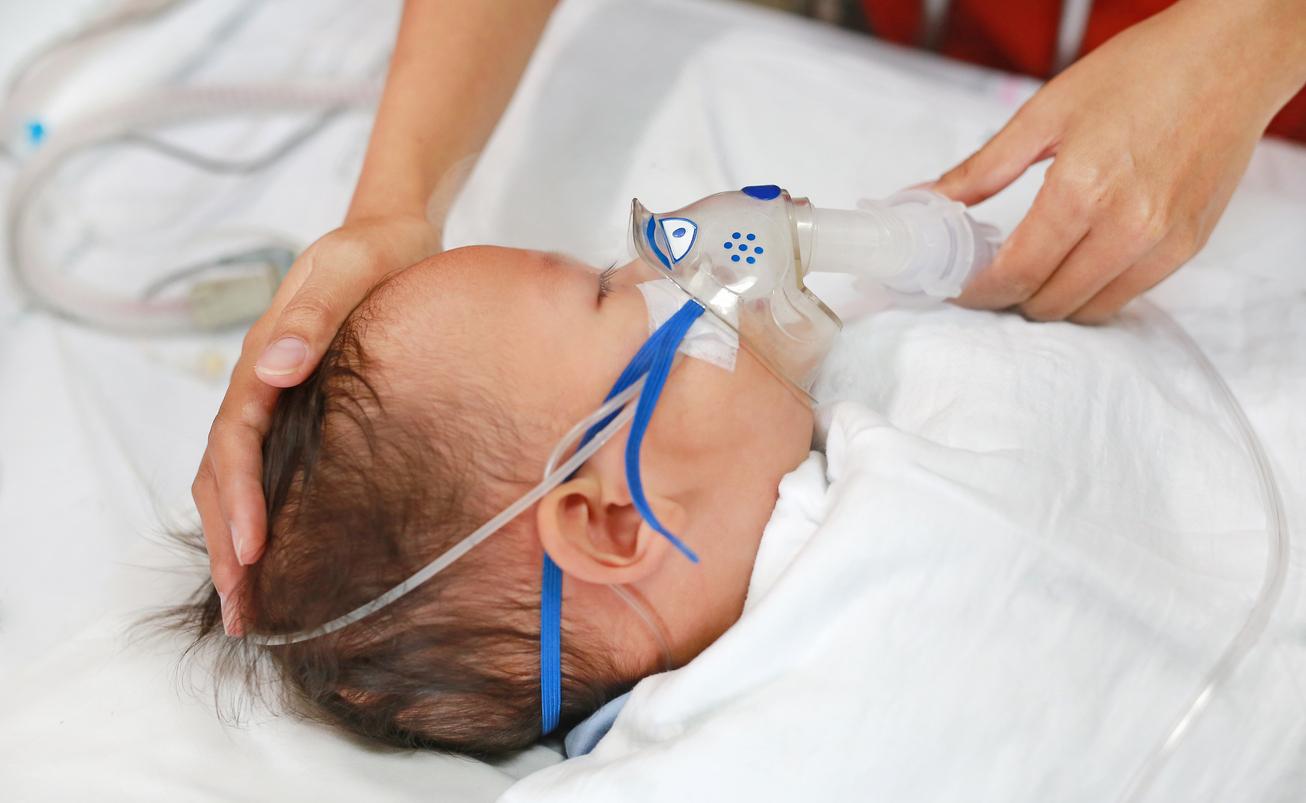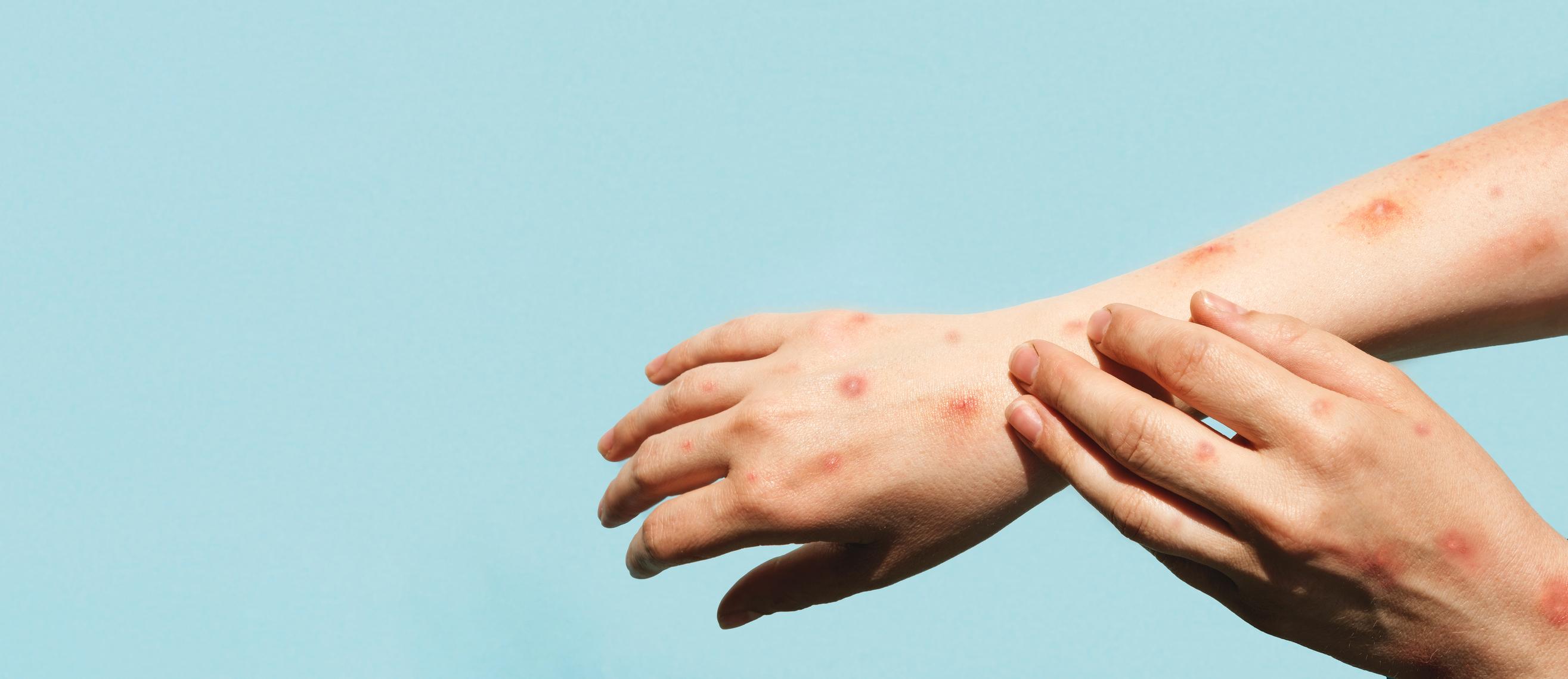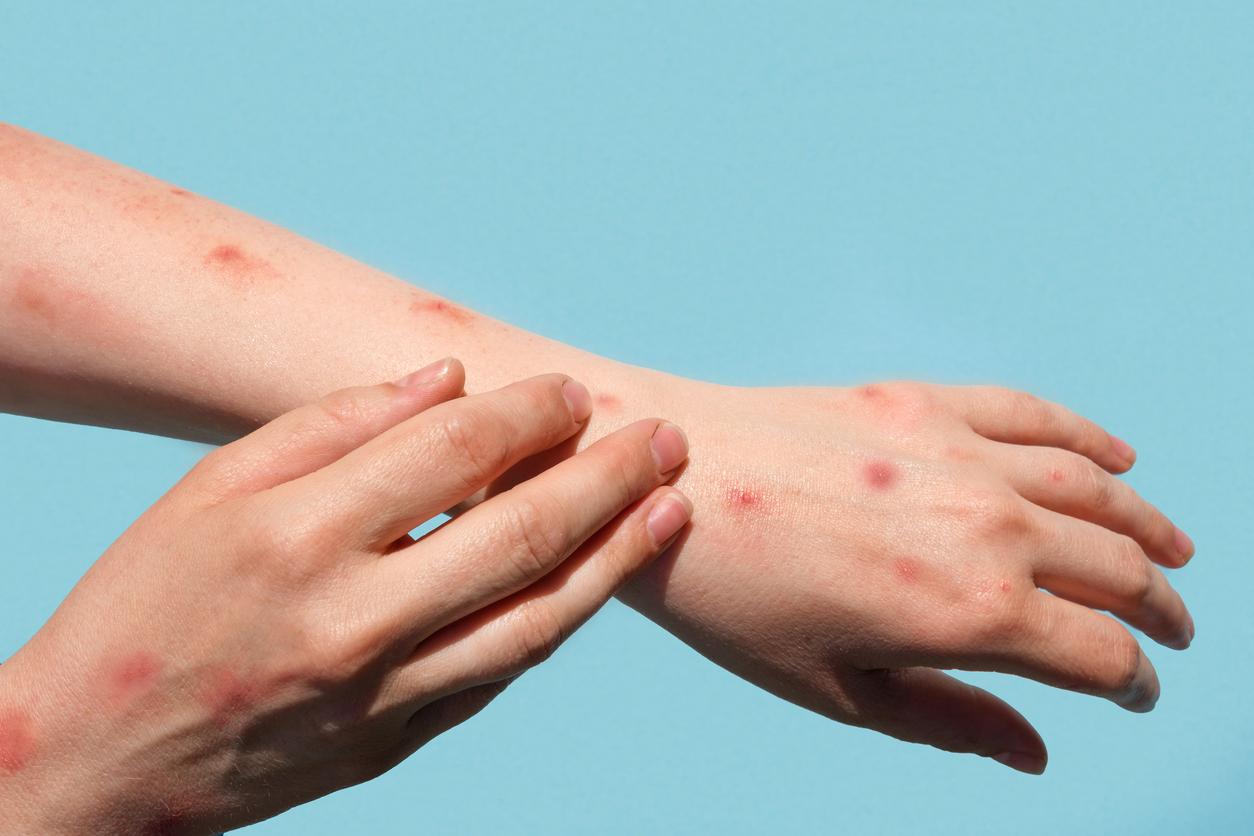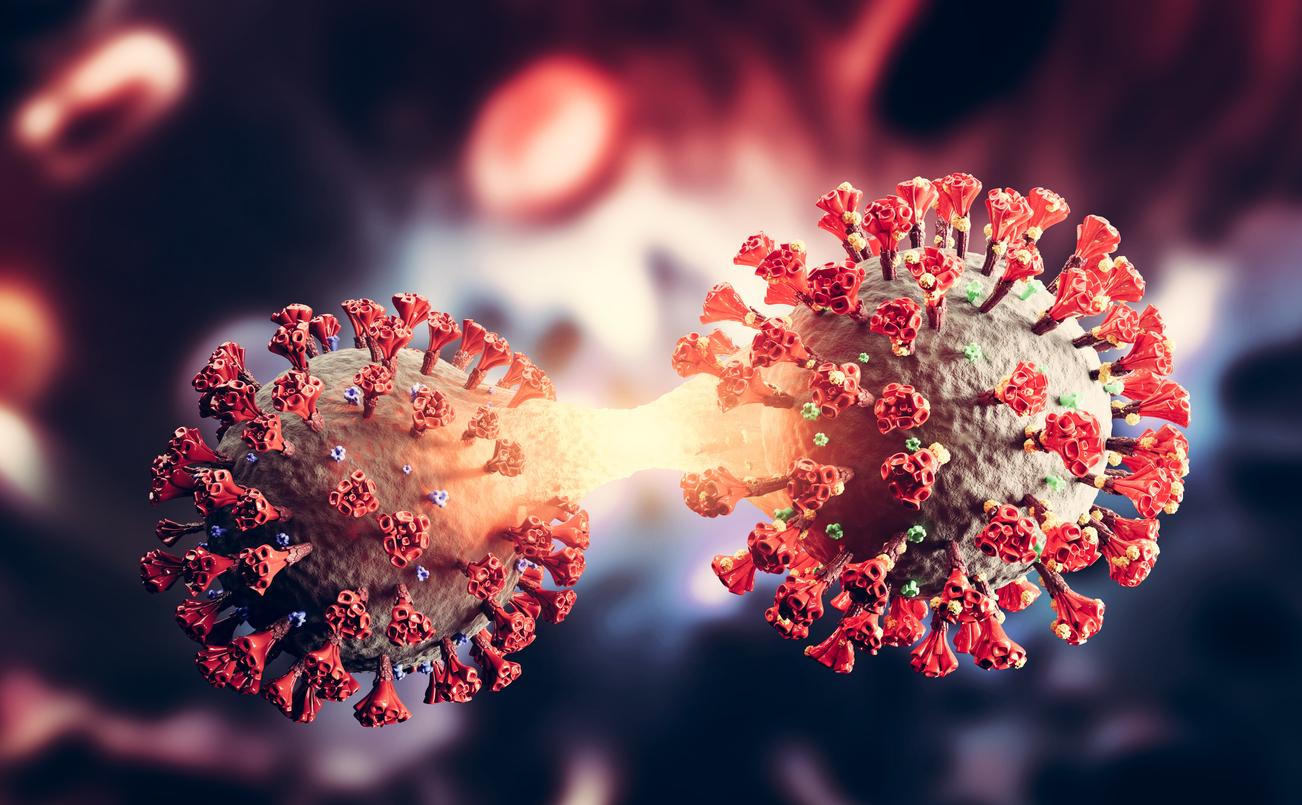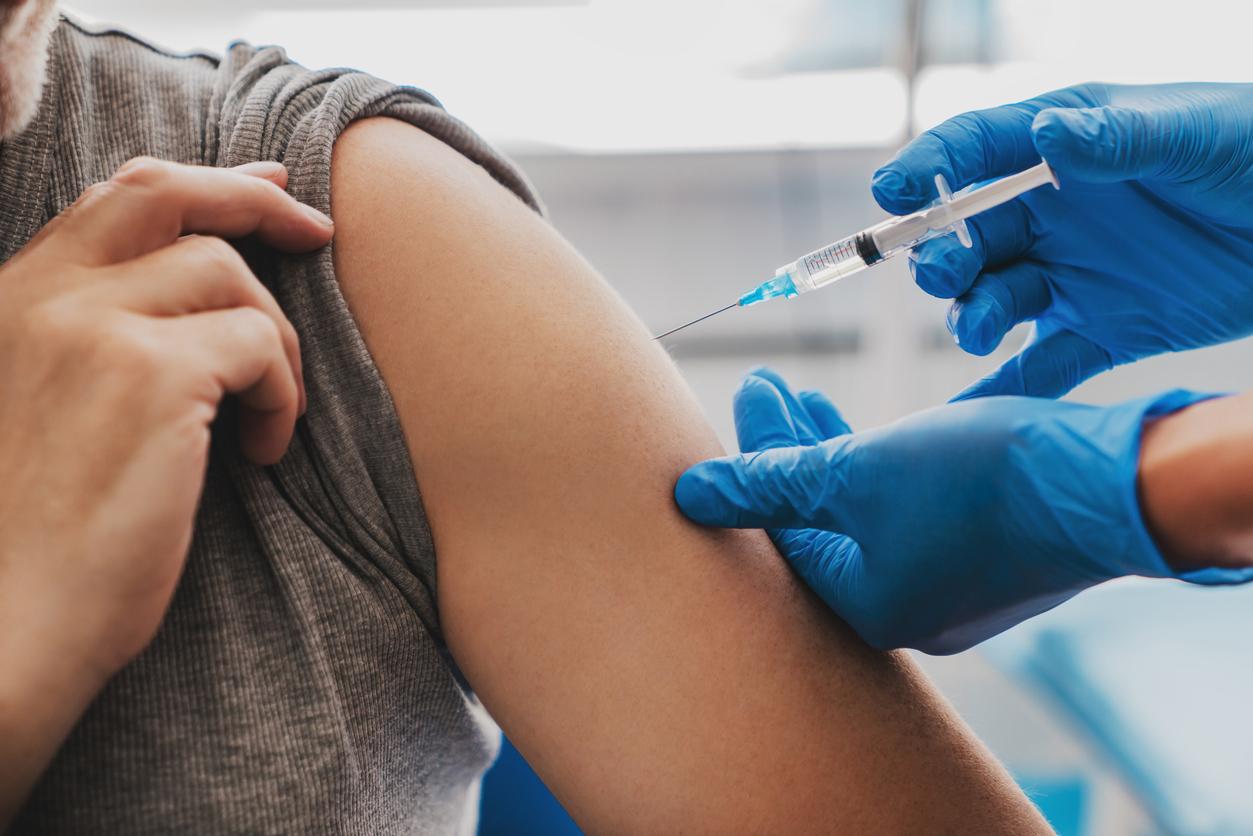While a member of the French Scientific Council evokes a virus “which will fall into line”, an American analysis underlines the doubts which exist on the achievement of a level of collective immunity which would make Covid a commonplace disease.

- A member of the Scientific Council evokes an evolution of the virus which would trivialize its effects
- According to an American researcher, the variants could thwart the achievement of the level of collective immunity
- This researcher believes the prospect of a persistent and seasonal Covid is possible
“At some point, the evolutionary potential of the virus will come to an end, it will fall into the ranks of the common seasonal viruses that will give colds or mild infections”. Is the optimism conveyed by these comments made on March 4 on FranceInfo by virologist Bruno Lina, member of the Scientific Council, appropriate or premature, even unrealistic?
An experiment pre-published last December on the BioRxiv server shows that a “classic” virus introduced into the plasma of a convalescent Covid patient – therefore containing antibodies – managed in 80 days to mutate into a variant that completely neutralizes the action of the antibodies… This experiment, which did not not yet validated by other scientists shows that the evolutions of SARS-CoV-2 could in fact make it even more virulent.
But without going as far as this “catastrophe” scenario, a analysis of the situation of the epidemic in the United States carried out by the American scientist Christopher JL Murray of the University of Washington and published on March 3 in the very serious journal JAMA is also much less affirmative than the Scientific Council’s virologist on the evolution of Covid-19 into a recurring seasonal infection. Christopher JL Murray recalls that for this disease to become a commonplace infection, it is commonly accepted that the level of collective immunity to be reached is between 70 and 80%. And according to him, several factors may, despite the existence of vaccines, make it difficult to achieve this situation.
Reduced effect of vaccines
“The vaccines will have a reduced effect on the prevention of infection by the B1351 variant – known as the ‘South African variant’ -“, first believes Christopher JL Murray. To support this opinion, he points out that “for the three vaccines tested against this variant, Janssen, Novavax and AstraZeneca reported estimates of efficacy in preventing the symptomatic form of the disease of respectively 57 and 49% for the first two and one statistically insignificant percentage for the third”. This means that if the share of this variant in the cases of infection continues to progress, the overall effectiveness of the vaccines administered in the United States would not exceed 50%.
On the other hand, the scientist recalls that, in particular because of the hostility of part of the population towards vaccines and the fact that the vaccination of children is not on the agenda, the level of the herd immunity that can be expected once everyone who can or wants to be vaccinated has been vaccinated, would, according to his projections, only expect 37.5%.
Third limit to the effectiveness of the vaccine campaign underlined by Christopher JL Murray, the doubts about the protection it can provide against reinfection by the new variants of SARS-CoV-2: “If B1351 spreads widely, immunity derived from the vaccine will likely be well below the levels required to achieve herd immunity.”
A decrease in hospitalizations and deaths
Here are copiously showered, if we follow this analysis, the hopes of a rapid exit from this health crisis! If the American researcher admits that “even if the transmission remains similar to what happened during the winter of 2020-2021, hospitalizations and deaths should be lower in the winter of 2021-2022”, he weighs this prognosis in recalling the positive impact of protective measures (social distancing, masks, etc.), a measure which he considers will be “problematic to hold next winter due to public fatigue and the effect of the pandemic on the economy”.
Which makes him say that the norm to come would not be a life returned to “as before” and a Covid-19 transformed into flu. What is looming would rather be, according to him, an epidemic with certainly less serious health effects but with “winter surges”. “Recurrent seasonal Covid-19 may require both a change in health systems and a profound cultural adjustment for the lives of those at high risk during the winter months.” Very concretely, Christopher JL Murray advances for these categories at risk the need to maintain long-term limits on gatherings, access to concerts and sporting events, even to bars and restaurants. Constraints far removed from the simple advice of caution to remember in the face of “colds or not severe infections” which the Frenchman Bruno Lina wants to believe will be the future faces of Covid-19.
.











